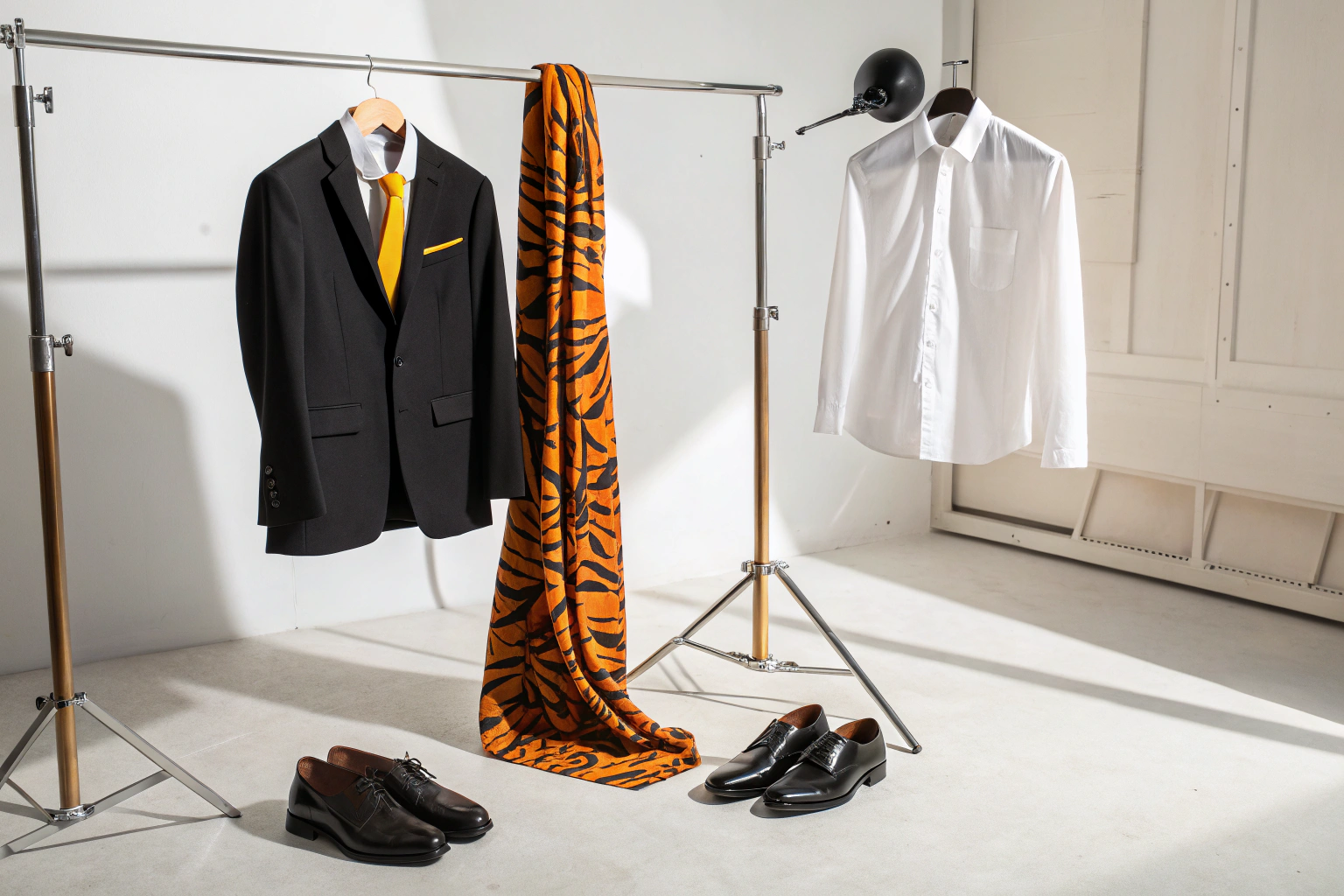Onesies vs. Traditional Suits: Which Should You Wear and When?
In the evolving world of fashion, the lines between comfort and style are constantly being redrawn. Among the more playful yet stylish options gaining momentum are onesies. But how do they stack up against the timeless traditional suit? Whether you’re dressing for a casual gathering or a formal event, understanding when to don a onesie or a traditional suit will elevate your style game. For those curious about unique and bold onesie options, check out Opposuits’s top picks for onesie to inspire your next outfit choice.
The Rise of the Onesie: Comfort Meets Statement
Once a garment primarily reserved for infants or lounging at home, the modern onesie has taken a giant leap into the fashion spotlight. Today’s onesies are anything but basic—they come in vibrant patterns, bold colors, and even tailored cuts that make them perfect for parties, themed events, or casual Fridays at the office.
Onesies offer unmatched comfort due to their single-piece design, which eliminates the fuss of coordinating separate pieces. They are particularly well-suited for informal occasions where self-expression and ease are key. Whether it’s a quirky holiday party or a relaxed weekend gathering, a stylish onesie can make you stand out while keeping you cozy.
When to Choose a Onesie
- Casual or Themed Events: Onesies are ideal for settings that embrace fun and creativity. Think Halloween, Christmas parties, or casual social meetups.
- Comfort-First Days: If you’re prioritizing comfort without sacrificing style, a onesie strikes the perfect balance.
- Work Environments With a Relaxed Dress Code: Some workplaces encourage individuality on casual dress days—onesies can be a playful, office-appropriate choice when styled correctly.
The Traditional Suit: Classic Elegance and Versatility
When it comes to timeless sophistication, the traditional suit remains unrivaled. Crafted with structure and precision, suits convey professionalism, confidence, and respect for the occasion. Whether it’s a business meeting, wedding, or formal dinner, the traditional suit is the go-to ensemble that never fails to impress.
Unlike the onesie, suits offer versatility through layering and accessorizing. You can adapt a suit to different climates and dress codes simply by switching shirts, ties, shoes, and outerwear.
When to Opt for a Traditional Suit
- Formal Events: Weddings, galas, funerals, and important ceremonies demand the polished look of a traditional suit.
- Professional Settings: Interviews, client presentations, and corporate environments typically require the confidence and authority a suit provides.
- Versatile Daily Wear: For those who want a refined look every day, suits can be styled in myriad ways, from business formal to smart casual.
Styling Tips: Blending Comfort and Class
While onesies and suits might seem like style opposites, there are ways to bridge the gap depending on your personality and the occasion. For example, layering a fitted blazer over a subtle, stylish onesie can create a fashion-forward look that balances comfort with sophistication.
Meanwhile, incorporating playful accessories or choosing suits with bold patterns or colors can bring a fresh, modern twist to the traditional suit, making it more approachable and fun.
Final Thoughts
Choosing between a onesie and a traditional suit ultimately comes down to the occasion, your personal style, and how you want to present yourself. Onesies are perfect for casual, creative, and comfort-focused moments, while traditional suits remain the gold standard for formal and professional settings.
Explore Opposuits’s top picks for onesie to find bold, comfortable options that make a statement. Whether you choose the playful ease of a onesie or the classic elegance of a suit, owning your style with confidence is what truly matters.

Leave a Reply